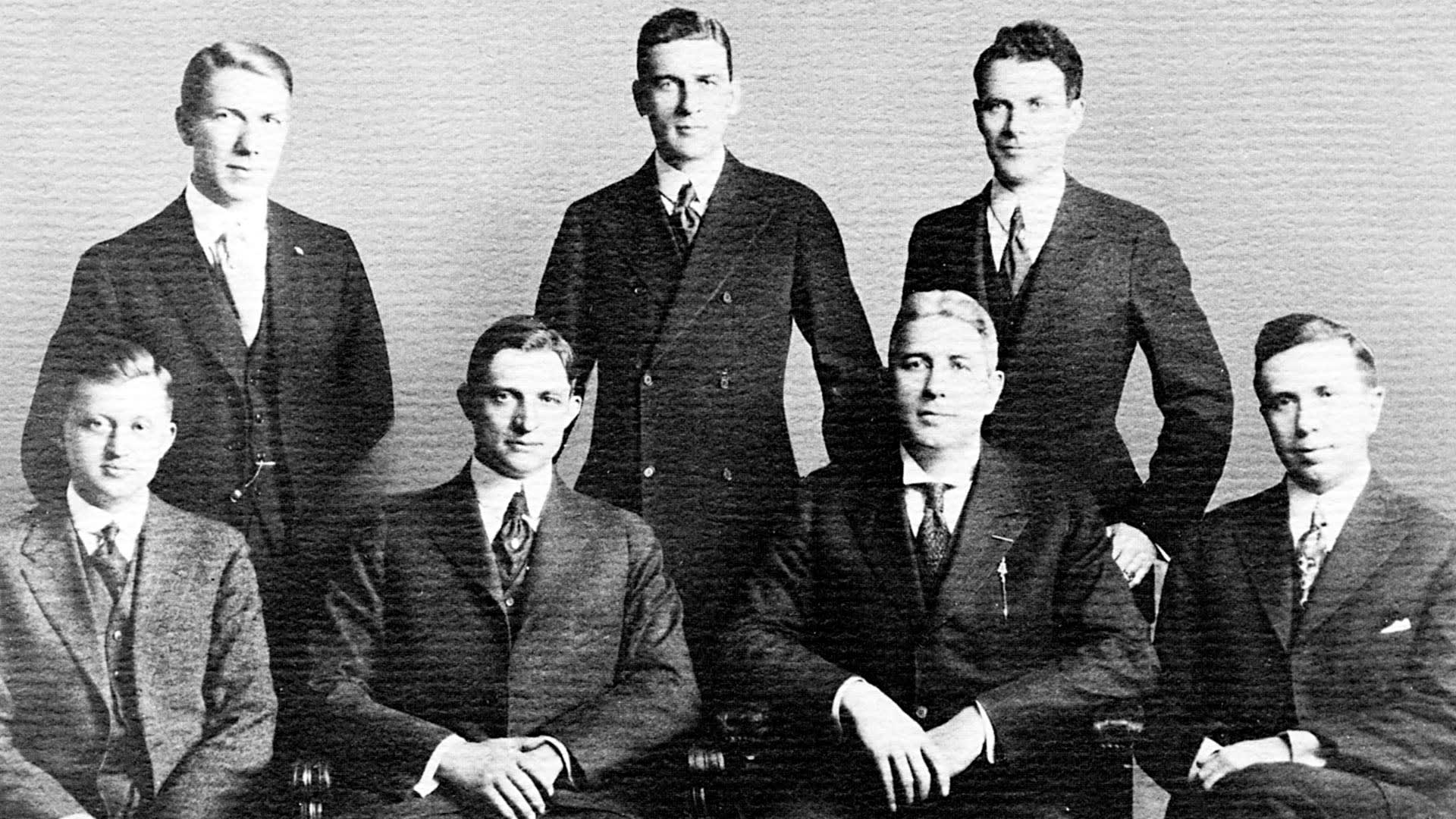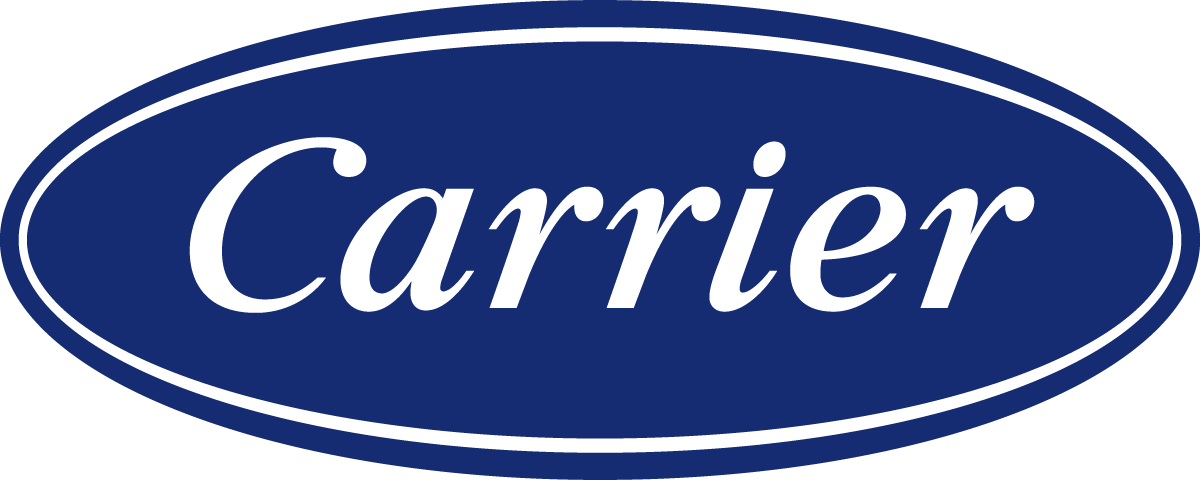On June 26, 1915, Carrier Engineering Corporation was incorporated with Willis Carrier as president, Lyle as treasurer and general manager, and five hand-picked colleagues. It was a true entrepreneurial undertaking: seven young men who scraped together $32,600 in capital with the intention, despite an economic slump and world war, of building a brand-new industry.
In their favor, these seven had led successful efforts to install air conditioning in facilities producing everything from celluloid film to textiles, paper, flour and pharmaceuticals. Not only were they friends who trusted one another, but together, they knew more about air conditioning than anyone else in the world.
Offices were established in New York City, Philadelphia, Boston and Chicago. In Buffalo, Carrier rented two rooms in the Mutual Life Building for himself, a secretary and one draftsman. “We ended up with second-hand furniture— two desks, a drafting board and stool and a few files,” his secretary said. “We had two wicker chairs for visitors, and Mr. Carrier’s friends would ask him if he had swiped them from a tavern.”
Carrier Engineering Corporation opened for business July 1, 1915, and just 18 days later booked its first contract with the American Ammunition Company in Paulsboro, New Jersey. Ten of the first 29 jobs Carrier Engineering Corporation fulfilled were for fuse-loading plants critical to the Allied war effort. Only Willis Carrier and his engineering teams could bring the necessary expertise and speed to these installations. So the war that seemed to close one door on the Carrier Air Conditioning Company opened another for the Carrier Engineering Corporation.
The Chief also worked to perfect an injector system using induced air flow to reduce operating costs. Ejector dryers would sell profitably for many years, with installations for sanitary ware, fire brick, terra cotta, plaster moulds,flooring and roofing tiles, leather and hides, shoes, tobacco, rubber, macaroni, marshmallows, starch and gumdrops, chewing gum, papier-mâché products, ammonium nitrate and nuts. However, standard air conditioning of textiles, munitions and candy provided the most important sources of business for Carrier Engineering Corporation in its early years of operation.





